More and more stories keep showing up on the Internet cautioning about coming food shortages, higher prices and empty shelves. There are numerous factors fueling this idea from climate change to the threat of American tariffs to inflation in general.
The result is that more and more people are adopting a “Victory Garden” mindset. Victory gardens were planted during World War II to compensate for food shortages as a result of the war and the emerging trade war seems to be bringing the concept back. But there’s a catch.
Outdoor Gardens are at the Mercy of the Seasons
Most of us live in latitudes that create a growing season. When the growing season ends, winter sets in and we’re at the mercy of foods we’ve preserved or stored to get us to spring. But there are some interesting solutions that can take us beyond and through the seasons to an endless harvest. A lot depends on how much space you have available and how much food you want to produce, but even a small yard, home or even an apartment can offer solutions.
Alterative Growing Options
It goes without saying that anyone concerned about their fruit and vegetable supply should take advantage of the growing season and plant a traditional garden. It may die-off in late autumn but if you supplement a traditional garden with alternative techniques you can move towards that elusive “endless” harvest. Here are some of the alternatives you could consider either alone or in combination across your home and yard.
Hydroponics
Hydroponics involves growing plants in a nutrient fortified water. That’s it. No soil required. The usual setup is a series of PVC pipes with holes drilled in the top where sprouted seedlings are inserted into the nutrient rich water. The nutrients are usually derived from chemical fertilizers like Miracle Grow but an organic approach uses a compost tea that is also nutrient rich. A compost tea is a solution of water that has soaked in highly composted material to leach out the nutrients.
Related: DIY Dutch Bucket Hydroponics System
The advantage of hydroponics is that they can be placed indoors with a minimum of mess. They will occupy some space and require some maintenance and attention, but they can produce vegetables on a regular basis.
Best Vegetables for Hydroponics
Some vegetables grow better in a nutrient rich water than others. Here are the hydroponic heroes typically growing in a hydroponic setup:
Building a hydroponic setup on wheels can allow you to move it outdoors when the weather allows and indoors as the days grow cooler. Here again, it all depends on your available space inside.
- Lettuce (all varieties)

- Spinach
- Kale
- Beans
- Cucumbers
- Tomatoes
- Peppers
- Cabbage
- Zucchini
- Radishes
- Cauliflower
- All herbs, including medicinal
I discovered a great kit with 4,818 high-quality, NON-GMO seeds packaged right here in the US. This kit gives you the chance to grow a wide range of herbs that can be turned into natural remedies, saving you from those costly trips to the pharmacy. It’s called the Medicinal Garden Kit, and you can grab yours here. Just a heads-up—it’s in high demand and tends to sell out fast!
Some vegetables support themselves and some will require additional support. Especially vining vegetables like cucumbers, tomatoes, and zucchini. The PVC setup could actually act as a support, or you can improvise with cordage.
Vertical Gardening
Vertical gardening is literally about growing things up. Vining vegetables and fruits are the usual choice and once again you should think about a setup on wheels that allows you to move things inside when the temperatures start to drop.
Buckets on wheeled platforms are a good option and there are also small, raised bed troughs on wheels that can support a larger crop. What’s critical is a support from a section of trellis or stakes to allow you to tie the vines vertically as they grow.
Best Fruits and Vegetables for Vertical Gardening
All of these fruits and vegetables either have vines or canes that grow vertically and all need to be continually tied to their vertical supports.
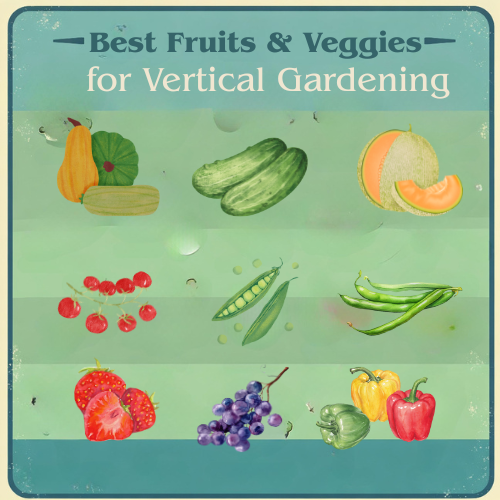
- Most Squash Varieties
- Cucumbers
- Dwarf melons
- Cherry tomatoes
- Pole beans
- Peas
- Strawberries
- Grapes
- Bell peppers
A variation on vertical gardening features pots stacked vertically one on top of another.
This opens up the possibilities to a wider range of vegetables including root vegetables and other vegetables that don’t grow on a vine.
Regenerative Raised Beds
The benefit of raised beds is that once again they can be portable if they are supported on wheels. They can be started outdoors and rolled inside in the fall through winter. Another benefit is that they offer significantly more growing space than other indoor options.
The key to a regenerative bed is the quality of the soil. It should consist of a rich mix of compost and topsoil and be regularly replenished with compost. Because it will be moved indoors, drainage holes are out of the question so a 2-to-3-inch layer of stone in the bottom topped with about 3-inches of peat moss is a good idea. This will create a wicking action which will isolate the excess water between the rocks.
Bucket Gardening
Another option is bucket gardening, although even a large flowerpot will do. 5-gallon buckets are a great option and the handle and even some wheels underneath make them very portable for moving outdoors and indoors. The downside is that they’re not terribly attractive but if you have a heated back or front porch you won’t have to sit on the couch and stare at home-center buckets all day. Then again, you could always paint them.
And Then There’s the Greenhouse
If all this talk about hydroponics, vertical gardens, regenerative raised beds and buckets sounds like a hassle, one ambitious solution for an endless harvest is a greenhouse. You can either build one from scratch or from a kit.
A greenhouse not only lets you extend the growing season, but many people manage to keep them growing all year round. You’ll have to improvise some heating solutions in winter depending on where you live, but there are both passive and proactive heating solutions to keep things growing throughout every season.
One such example is the traditional Amish underground greenhouse. They are tucked partially or completely underground, and use the earth itself as insulation. That way, they are naturally protected from the cold, stay cool during heat waves, and keep producing no matter what’s happening above ground without any energy costs.
And there’s another hidden advantage: they’re almost invisible. From a distance, you’d never know food is growing below the surface, making them far less likely to attract unwanted attention from neighbors, looters, or anyone else who might come poking around in hard times. You can learn all about it, along with many other unknown Amish secrets from here.
Passive Greenhouse Heating Solutions
- Solar heat traps and rooftop water heating panels to direct heat into the air in the greenhouse
- Solar panels to power small scale space heaters and even light bulbs encased in metal.
- Black water barrels and jugs filled with water that capture and hold heat and radiate it at night.
- Ground to air heat pipes that draw warmer air from the ground into the greenhouse.
- Compost heat (Hotbed) in the greenhouse to radiate heat as the compost decomposes.
- Added insulation either double walls or bubble wrap to hole the heat in
- Thermal mass materials (bricks, stones, tiles) that capture heat from the sun during the day and radiate it at night.
Proactive Greenhouse Heating Solutions
- Space heaters. An expensive solution but during bitter cold spells possibly necessary
- Wood fired solutions such as a wood burning stove in the greenhouse.
- Candle pot heaters with tea candles under a terra cotta pot to act as a heat exchanger.
- Animal heat -usually chickens or rabbits
Combining Heating Solutions
It’s hard to know if you can depend on any one of these solutions but using them in combination ca give you some insurance during cold spells. Just make sure you monitor the temperature and adjust the heating solutions to keep your greenhouse in a range of 60 to 80 degrees F.
Other Sustainable Greenhouse Solutions
A greenhouse also presents other sustainable opportunities to support your gardening efforts and to keep things sustainable.
Here are a few.
- Rainwater collection from the greenhouse roof to a black barrel inside that will also retain heat and radiate it at night during the winter. You can actually make your own pressurized rainwater-catching system that lets you easily use the stored water for irrigation, and you wouldn’t need a pump or the slightest bit of electricity. You only need a few simple materials you most certainly already have lying around your homestead. All the instructions are available here, and if you hurry up, you can also get two free bonuses that will teach you all the basics needed for making your homestead completely off-grid. ➡️
- Solar fans for ventilation to manage temperature and humidity during the hot days of summer.
- Compost, compost, compost to maintain healthy soil and stimulate robust plant growth.
The Succession Planting Secret
Succession planting involves continuously planting certain vegetables again and again all year long. These vegetables have short maturity rates ranging from 30 to 60 days, allowing you to continuously have “successive” crops over and over.
Some of the fastest-growing vegetables ideal for succession planting include spinach, beets, kale, radishes, lettuce, and cucumbers. Others like cabbage, collard greens, arugula, basil, watermelon, rutabaga, turnips, fennel, and bok choy also mature quickly and can keep your harvest going strong.
But even before modern gardening methods, the generations before us had their own ways of surviving lean times.
During harsh winters or food shortages, they relied on wild plants they knew how to find, harvest, and prepare. You might be surprised by these 10 incredibly nutritious plants Native Americans ate when they had no food at all. Some of them actually grow right under our feet, get dismissed as weeds, and yet pack more nutrients than most store-bought produce.
Preserving the Harvest
A giant step towards endless food is the ability to keep and preserve what you grow. Canning is an obvious method in addition to canning variations like fermentation, but you can also dry or dehydrate many fruits and vegetables, make them into jams, jellies or mash them into a hummus or spread.
Processing either with a hot water bath or pressure canning is highly recommended as a food safety measure. Another possibility is a root cellar where various root vegetables like potatoes, turnips, beets, radishes, carrots and other large root foods will store for months. Just make sure you rotate them, and it’s often recommended that they be stored unwashed until you’re ready to eat.
They All Work
All of the ideas we’ve outlined can give you a way to beat the seasons and keep growing all year round. Here again, you can combine the approaches if you have the space to get really ambitious. In the end, you’ll always have something fresh and growing as a giant first step towards endless food.
The Forager’s Guide To Wild Foods: Book Review
An Insanely Effective Way To Build A 5 Year Food Stockpile (Video)
Why You SHOULD Leave Your Food Out in the Sun
How to Preserve Milk for Years
Automatic Chicken Feeder That Needs No Electricity: How Do You Make It?

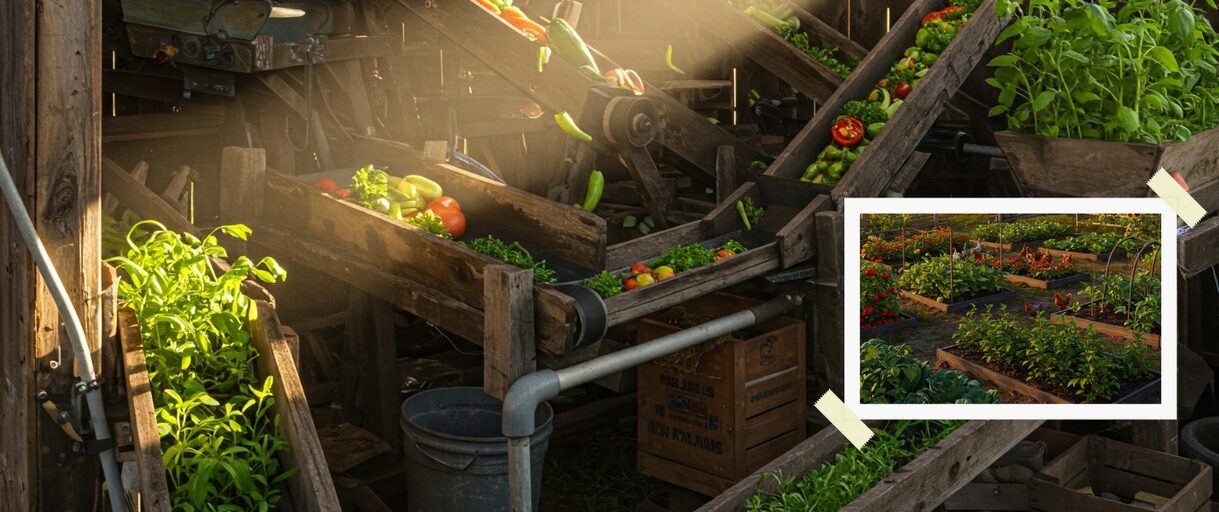
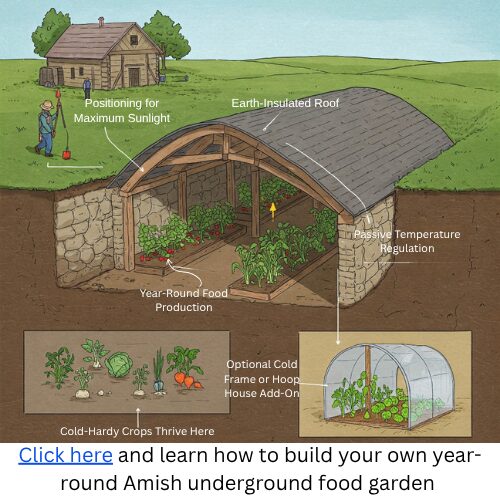

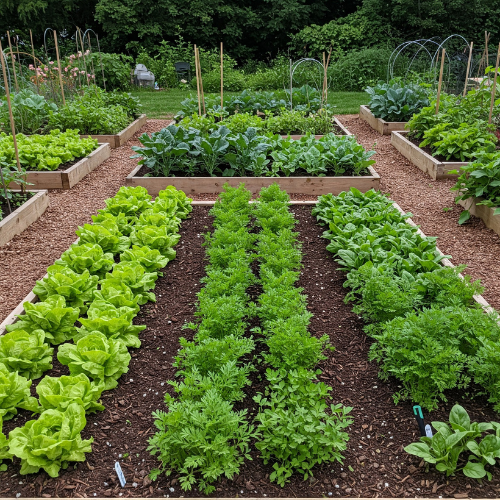
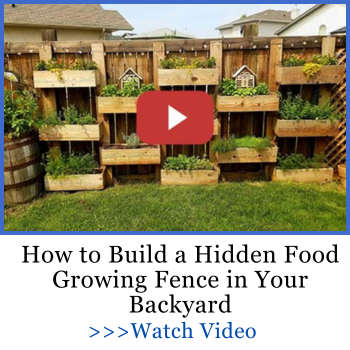

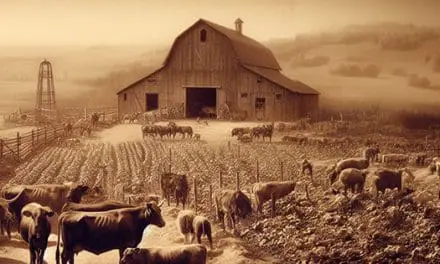



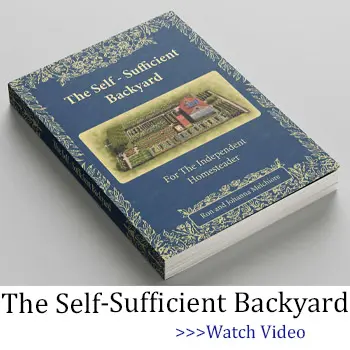
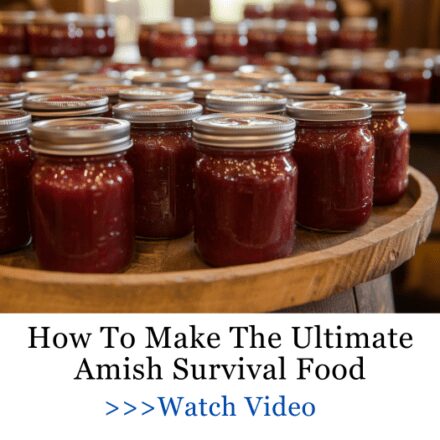
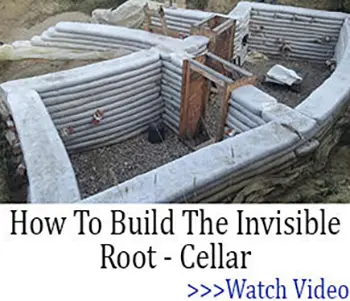
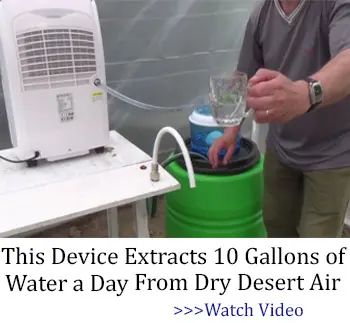
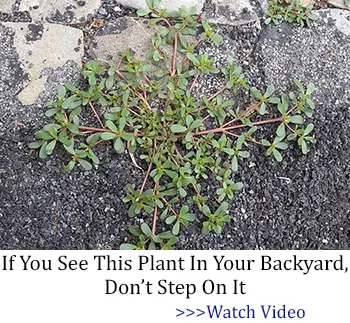


Great point about drying fruits. If you have the possibility, I would also recommend freezing them.
Absolutely! Freezing is a fantastic way to preserve fruits while maintaining most of their flavor and nutrients. Unlike drying, freezing keeps the fruit’s texture and freshness closer to the original, making it perfect for cooking or snacking later. If you have the space, combining drying and freezing can really extend shelf life and give you flexibility with your preserved foods. Just remember to store fruits properly in airtight containers or freezer bags to avoid freezer burn.